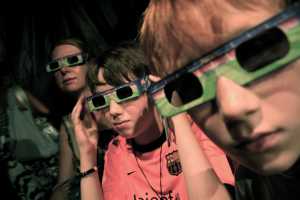Author Interviews, Memory, Technology / 15.06.2018
Virtual Reality Improves Recall
MedicalResearch.com Interview with:
Eric Krokos
5th-year Ph.D. student in computer science
Augmentarium visualization lab
augmentarium.umiacs.umd.edu
University of Maryland
MedicalResearch.com: What is the background for this study? What are the main findings?
Response: I am interested in exploring the use of virtual and augmented reality in high-impact areas like education, medicine, and high-proficiency training. For VR and AR to excel as a learning tool, we felt there needed to be a baseline study on whether people would perceive information better, and thus learn better, in an immersive, virtual environment as opposed to viewing information on a two-dimensional desktop monitor or handheld device.
Our comprehensive user-study showed initial results that people are able to recall information using virtual reality—there was an 8.8 percent improvement in recall ability from our study participants using VR. (more…)

